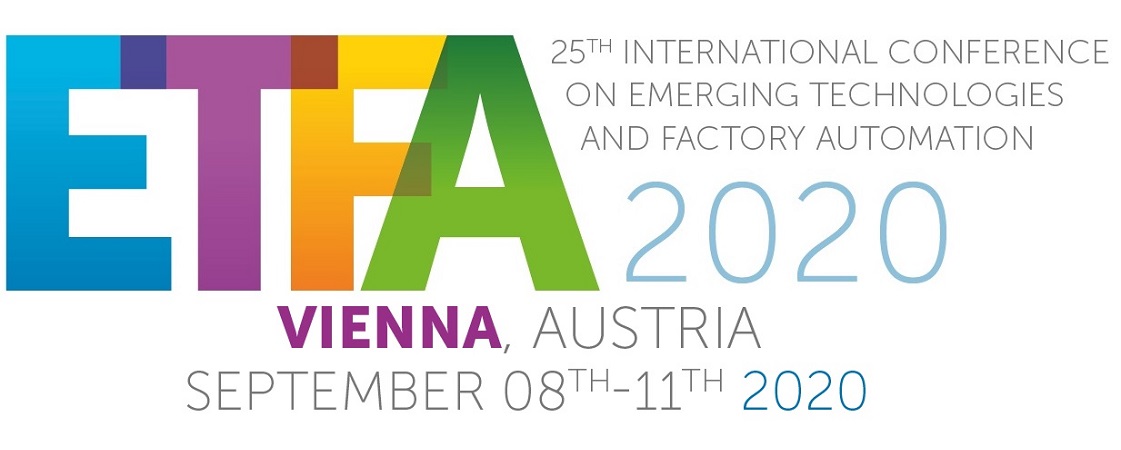SS 07 - Refurbishment and re-manufacturing of machinery in Cyber-Physical Production Systems
Special Session Organized by |
|---|
|
Andrea Barni, SUPSI, Switzerland and Gil Gonçalves, FEUP and SYSTEC, Portugal and João Reis, SYSTEC, Portugal |
Download Call for Papers |
|---|
Click here to download the session cfp.
Focus |
|---|
Recent advances have paved the way for systematical deployment of Cyber-Physical Production Systems (CPPS), with information from all related perspectives closely monitored and synchronized between the physical factory floor and the cyber computational space. Such trend is driving manufacturing industry towards Industry 4.0, where high industrial productivity and efficiency are closely connected with well-functioning and well-maintained equipment.
Currently, there is an estimated $40 billion worth of outdated machinery in use at US factories which cause an estimated loss of $50 billion each year. This is rather expected since many machines in use in production lines were installed well over 30 years ago and have exceeded their projected lifetime.
In order to remain competitive, manufacturing companies should continuously increase the effectiveness and efficiency of their production processes and equipment. In this perspective, upgrading and maintenance activities have become even more crucial for business success.
Refurbishment and re-manufacturing are activities of the circular economy model whose purpose is to keep the high value of products and materials, as opposed to the currently employed economic model, thus targeting the extension of equipment and materials and reducing the unnecessary and wasteful use of resources. These two activities, along with health status monitoring, constitute key elements for lifetime extension and re-use of industrial equipment.
Its ultimate goal is to save valuable resources by reusing equipment instead of discarding them, by providing support to legacy industrial infrastructures with advanced technological solutions with builtin capabilities for in-situ repair, self-assessment and optimal re-use strategies.
Topics under this session include (but not limited to) |
|---|
- big data analytics, predictive analytics, and optimisation models using deep learning techniques, and digital twin models.
- models for informed decision about whether to refurbish, remanufacture, upgrade, or repair machinery that is towards its end-of-life.
- technologies and strategies to support a new paradigm for refurbishment and remanufacturing of industrial equipment in factories.
- new concepts and strategies for repair and equipment upgrade and factory layouts’ redesign.
- optimal refurbishment and re-manufacturing of electromechanical machines and robotics systems.




